07 April 2021
In the middle of the last century, humanity’s journey into space began here. Zarya, Tashkent-90, Leninsk, and even just the “130th object”. Now-Baikonur. The city and the spaceport. The largest dual-use facility in the world and until recently hidden from prying eyes. 30 years ago, Konstantin Maskaev had a chance to spend part of his army service in this desert. About a new meeting with the city, from which the stars are just around the corner.
“This is where incorrigible romantics tend to come. They say that this place, like the north, if you love it, you will never stop loving it. Among my friends there are those who, having earned a military pension here and then chosen a cozy Almaty or a modern capital, still sigh for the life that remained “at the threshold of the Universe”.
The city has retained the status of a regime city. It is surrounded by a fence made of concrete slabs. The official entrance and entrance to it is through the checkpoint. They say that there are “cat trails” in the fence, but the perimeter is monitored with video cameras, so it is difficult to get inside unnoticed.
Checkpoints – the usual passport and border control. Since the city and the cosmodrome are leased by Russia, entry here can be considered crossing the state border, with the only difference that all visits are agreed in advance and the names of the visitors are entered in the list that is valid for the duration of the trip.
Outsiders like us should be met and accommodated by an escort. At the checkpoint, we are waiting for the psychologist of the departmental security of Roscosmos, Mikhail Ivantsov. His job is to recruit staff and help them adapt. Still, for a beginner, this region may seem harsh: constant winds, unbearable heat in summer and piercing frost in winter, there is almost no off-season. Communal life has its own characteristics. For example, the houses are cool, which we soon discovered in the hotel, and there were problems with hot water. Drinking water from the tap must be boiled, or you need to buy bottled water, which Mikhail immediately warned us about.
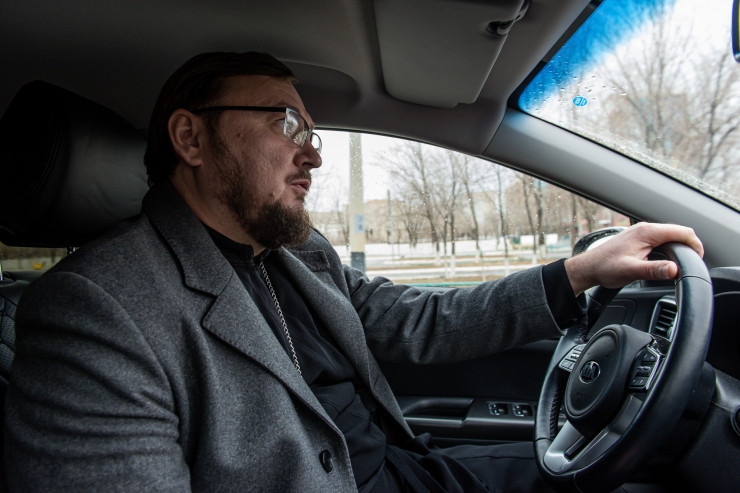
The main monetary unit in Baikonur is rubles. They can also accept tenge, but at a very inhumane rate. We do not have the usual currency exchange points, it is changed in several banks. The practice of electronic payments is rarely used: cash is preferred. But you can find money changers at the local market.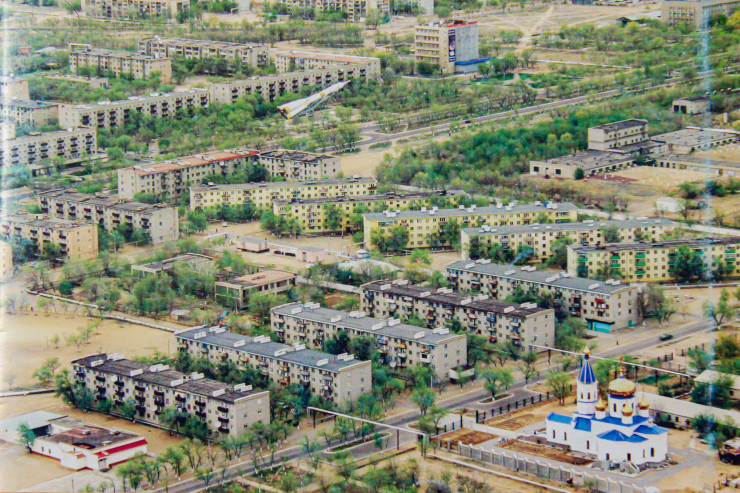
The first thing you notice when you get to the city is almost hospital cleanliness. Typical five-story buildings stand in straight rows, as if on a parade ground, the curbs and trunks of low trees are whitewashed. Some kind of special transparent air. The courtyards are full of children’s playgrounds and gyms, which are quite crowded.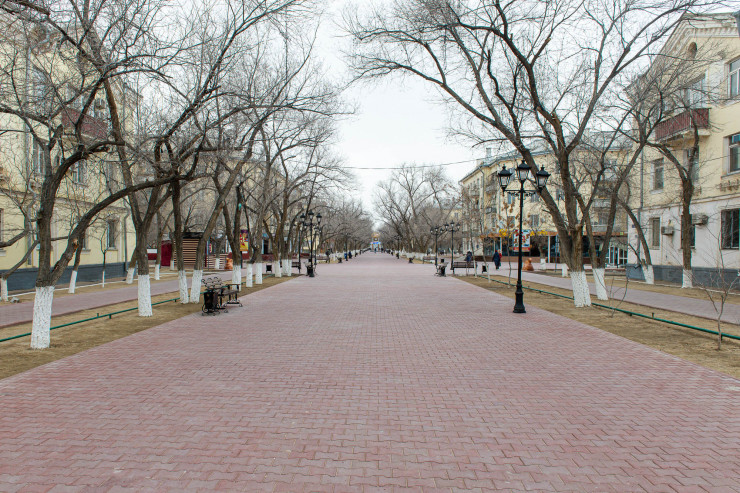
After three monotonous hours of driving on the highway, paved through the rocky desert from Kyzylorda to the horizon, the city is perceived as a man-made oasis that is about to explode with spring colors. Apparently, this will be the case, since local residents are very attentive to the urban recreational environment.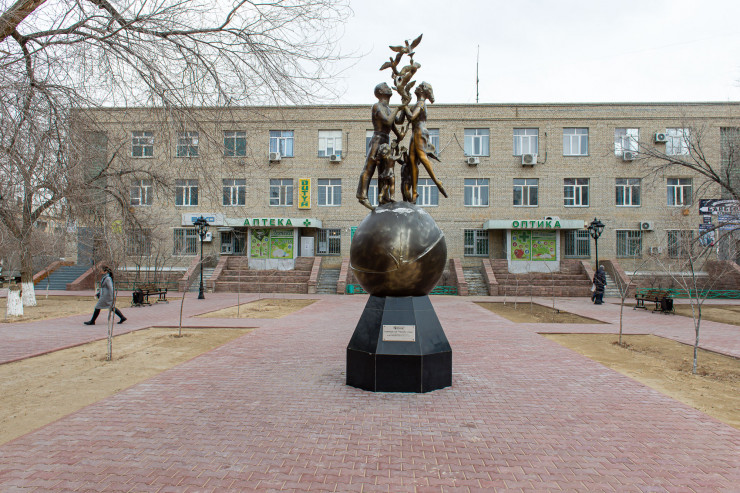
There is nowhere to go: three or four cafes, a restaurant, a large old park on the high bank of the Syr Darya, a local Arbat, Cosmonauts Avenue, a palace of culture, a museum… Cozy squares and walking areas, flower beds, sculptures and memorials are the pride of local residents.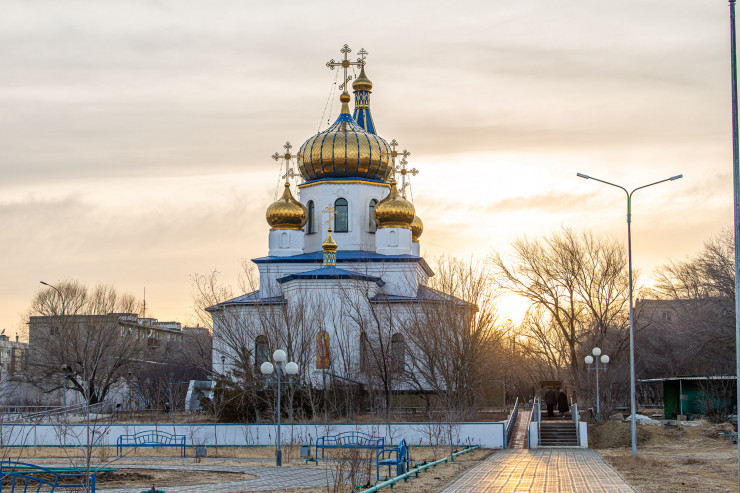
In April 1992, the first Orthodox church appeared in the adapted room. An amazing and incredible fact, if you look at it from the realities of the Soviet era. Mikhail, who met us, is the archpriest here. It turned out that cosmonauts, military personnel, pilots, specialists of the cosmodrome and other residents of the city also need prayer, confession and communion. By 2000, the old room was too cramped.
In 2005, to mark the 50th anniversary of Baikonur, a new church in the name of St. George was opened. Bright, five-domed, in the Old Russian style. The construction was actively assisted by cosmonaut Alexey Arkhipovich Leonov. Voronezh craftsmen gave the church a belfry. And before that, the role of bells was played by fragments of gas cylinders. They were preserved, now it is a children’s belfry.
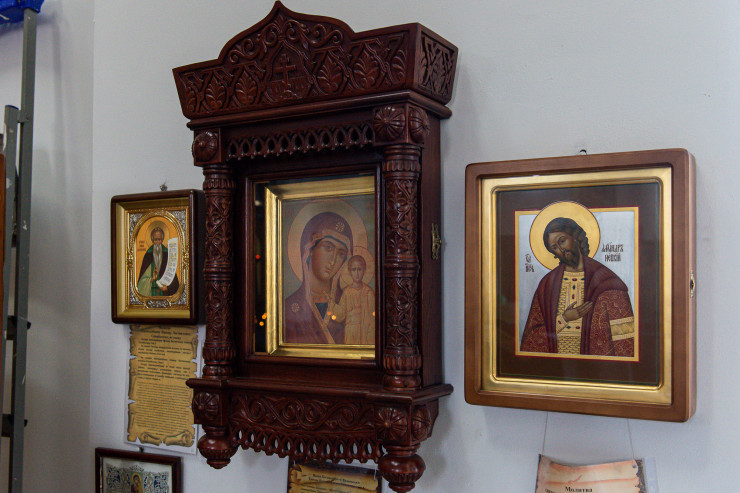
One of the shrines of the church, the icon of the Kazan Mother of God, flew around the Earth on board the ISS from October 14 to 24, 2004.
The second priest of the church is Father Sergius. Both priests, together or in turn, periodically go to the site, read a prayer at the spaceship towering over the launch table, sprinkle holy water on the ship, engineering structures, and the astronauts themselves. And bless them. Such a feature. Almost all cosmonauts take part in the sacraments. It is said that only three abstained – a Muslim astronaut, a Mormon astronaut, and an atheist.
Baikonur residents unanimously repeat that the city has a very favorable environment for the younger generation. First, children from an early age absorb involvement in the great and advanced. Secondly, there are many social projects for young people: educational, creative, technical and sports sections, music and art schools, dance and theater studios. There is no crime here, its sprouts were cut down in the 90s.
On the central alley-at the intersection of the streets named after Academician Korolev and Marshal Nedelin – a stunning scale and proximity of the object: the launch vehicle “Soyuz”! You can reach the 50-meter giant with your hand if you want. It was installed on a pedestal in 1981, on the occasion of the 20th anniversary of manned cosmonautics.
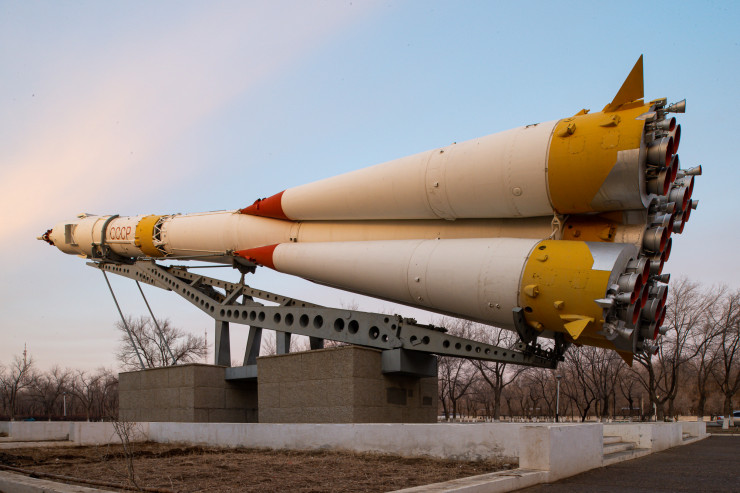
The rocket was initially placed reclining, slightly lifting the nose, so that such a specific monument could not be seen from the highway and from passing passenger trains. This is the secret of the Polichinelle. In this position, the rocket can be viewed in detail: all 20 main and 12 steering engines, three stages-from the upper stage to the orbital module, which put the Soyuz manned spacecraft and automatic spacecraft into orbit. This is the most massive launch vehicle in the history of cosmonautics. And on the pedestal, a full-size mock-up was installed, which was used for various training sessions.
Now couples are walking around, children are playing and almost do not pay attention to the masterpiece of engineering. We and a group of tourists stood for about 10 minutes, looking up and admiring the spectacle. We were looking forward to the fact that tomorrow the cosmodrome will give us even more impressions.
We linked the trip to Baikonur with the 60th anniversary of the first human flight into space. Therefore, they tried to get to the launch of the rocket. However, this time they were going to send into space not a manned ship, but a transport Soyuz 2.1 A with a Fregat upper stage, which, depending on the tasks, outputs and places satellites or spacecraft in orbits. Be that as it may, the launch of any spacecraft is a spectacle, to observe, record and inform the world about which the pleasure is very piecemeal.
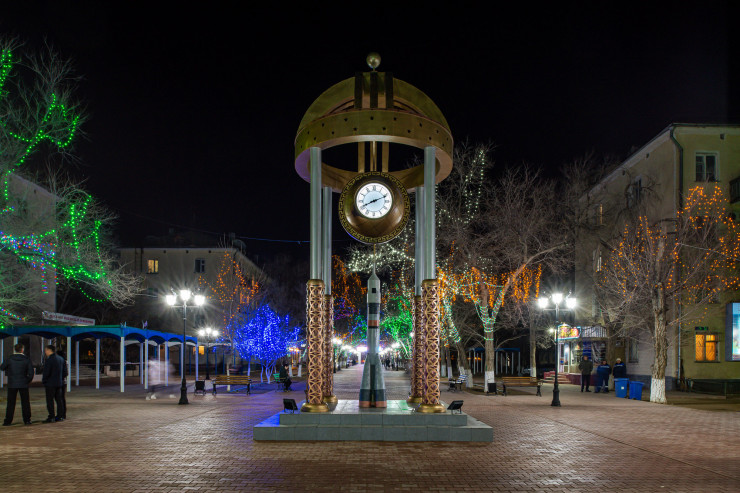
In the evening, the city is almost deserted, but there were no places in the few cafes. We were recommended “Starry Sky” (and what else?). I had to indicate my intentions to the administrator and wait for a walk around the compact center. I didn’t have to walk for a long time: after a quarter of an hour, the girl called and invited me to come in.
The full house was explained simply: a lot of visitors like us, who arrived on the eve of the launch. Not only specialists, representatives of satellite – owning companies, but also tourists come here. These days in the cafe love: you can temporarily expand the menu beyond the set meals. On a normal day, they know roughly how many visitors to expect. The number of business travelers rarely changes. Some people live here for months and years, rarely leaving for the “mainland”. Such a job.
Engineer and programmer Valentin Sergeyevich said that he had almost worked out his retirement experience here on a shift basis. Here I got married, and here my children graduated from the International Space Lyceum named after Designer Chelomey. Now here in Baumansky… it is not clear where his permanent home is – in Mytishchi near Moscow or in the departmental apartment, which was provided back in 1995.
Housing here is officially not allowed to own. It is for temporary residence of employees of the enterprises of the cosmodrome, the city and their family members. This is reflected in the business. The city is located in Kazakhstan, but is temporarily under the jurisdiction of Russia. Kazakh entrepreneurs work according to Russian laws and pay taxes to the Russian budget. Preferential loans and subsidies for business development from Kazakhstan can not be used, because it seems like in Russia. But Russian preferences are also closed to them: they are citizens of Kazakhstan. Of the Kazakh banks, there is only a branch of Halyk Bank, which will not issue tender guarantees without collateral. And apartments in Baikonur are not privatized. But some business still managed to deploy. They trade, carry out construction and finishing works, repair cars. Despite the fact that the town is small, the population exceeds 70 thousand people, and the clientele is there.
The silence of the Baikonur morning was interrupted by the noise of engines and enthusiastic hubbub. The square in front of the hotel is filled with a dozen buses, around which a diverse crowd of people is already crowding. Everyone has the same goal – to watch the launch of a spaceship. Some of them are specialists. The rest are tourists, schoolchildren and teachers from the local school. A couple of classes were brought on a tour from Kyzylorda.
Baikonur opened its doors to tourists in the late 1990s. At that time, not everyone dared to spend two hundred dollars a day on such a tour. Wealthy Kazakhstanis and foreigners came. Since then, the minimum cost threshold has not changed much. So tours here still cost “cosmic” money. Advance registration of the entry status is offered by some tour operators.
Father Mikhail took us to the launch pad No. 31. He is in priestly garb, only wearing a civilian jacket for warmth. He also recommended us to dress warmer: in the steppe, the wind is so strong that it knocks us down.
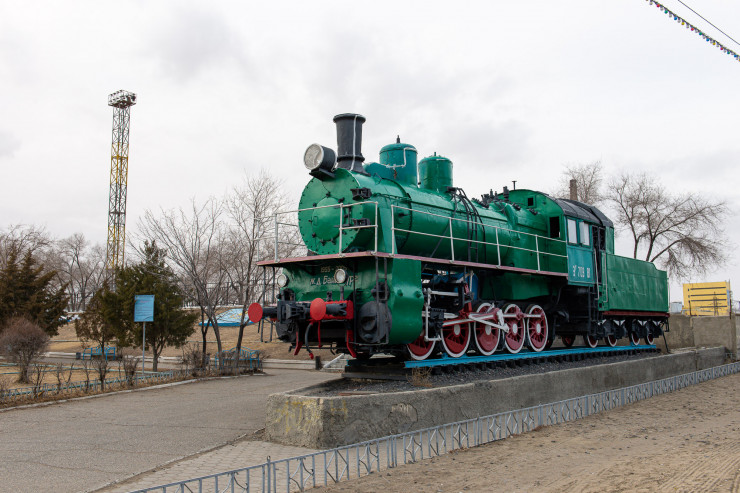
On the way, we learned that local transport with the unusual name “motovoz” is no longer used. A rail track was laid to each site, along which small trains carried military personnel and personnel daily. Now only the station with the platforms arranged in a fan, a pair of trains frozen at the platform and a veteran steam locomotive in the place of honor, which could well have transported the chief designer Sergei Korolev and the cosmonauts of the first detachment, reminds of this. Now the usual ground transport is enough. But this departmental and non-railway rail network with a length of almost 500 kilometers has been abandoned and continues to be used, delivering parts of missiles, vehicles and ships to the sites.
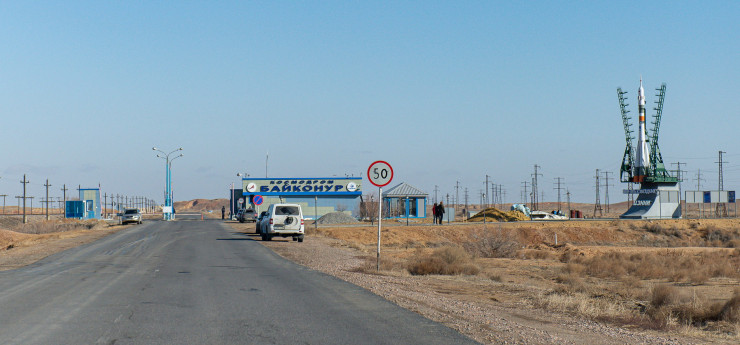
It took about 40 minutes to get there. On the way, we met a column of the same buses that had gathered in the square. The tourists were taken to a special observation deck 1,400 meters from the launch site. And we, accompanied by a clergyman, settled down at about the same distance next to a group of specialists and people in the uniform of the Ministry of Emergency Situations of Russia. Among them, they noticed the second Baikonur priest, Father Sergius. A big, cheerful and loud hero in a podryasnik and skufeika (headdress). Over it is a sky-blue jacket with a bright print-a Soyuz rocket and marked in a military way with a special nameplate, on which the standard font reads: “Father Sergius. Confessor of Roscosmos.
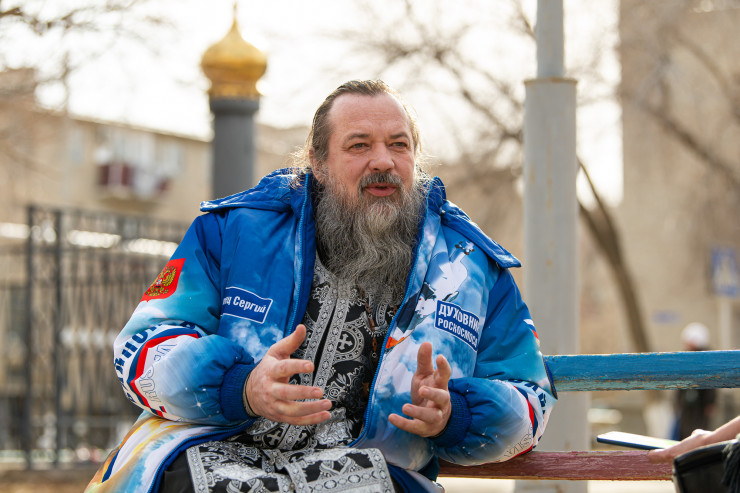
The upper part of the rocket rises above the launch at the 60-meter mark. It is held on all sides by special farms. At an equal distance from the rocket are four more towers, which are almost twice as high.
“Lightning rods,” explains Father Mikhail. – Everything is ready. It remains to wait for the command.”
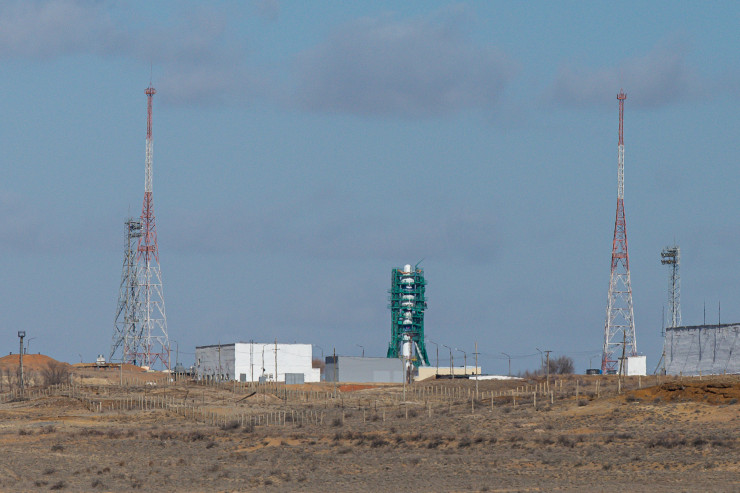
Far away in the steppe, an armored car was spotted patrolling the outer perimeter: the spaceport was under guard.
The weather is favorable, the sky is clear. Our photographer lacks only white clouds in the blue sky-for the beauty of the frame.
“In the process of starting it will be spectacular,” one of the participants tried to encourage. “The flames, the smoke, the roar-it’s always impressive.”
But the anticipation cuts off the message that the start is postponed. What a shame! 38 minutes before the start of the engines, we learn that the start is postponed to the reserve date. That is, the next day at the same time.
The specialists promptly left the site, as if they were not there! We followed, making plans for tomorrow. And we decide to go to the Gagarin Launch, the oldest complex of the cosmodrome, from where the first R-7 rocket launches were carried out from site No. 1 in 1957, and on October 4, the first satellite went into space.
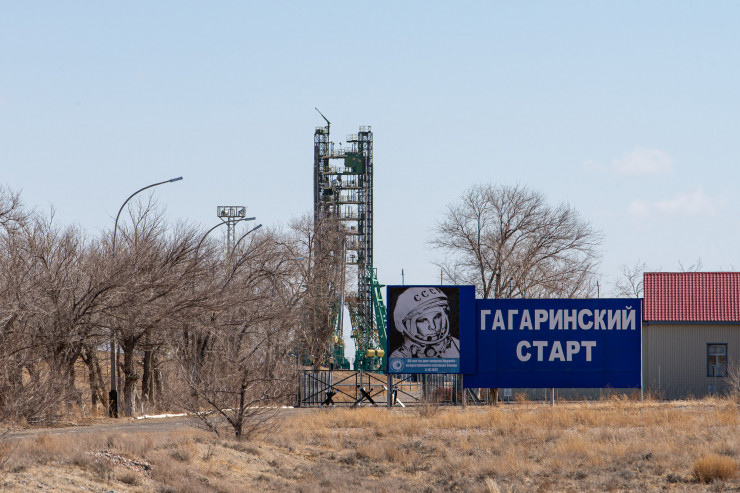
60 years ago, on April 12, 1961, the Soviet man Yuri Gagarin flew into space for the first time in the world from this platform on the Vostok spacecraft. Subsequently, more than 500 rocket launches were conducted from here. The site is operational, currently undergoing scheduled repairs.
Nearby is the “deuce” – site No. 2. It was created under the Korolev Design Bureau, now-the Korolev Rocket and Space Corporation Energia. A few typical Stalinist houses built in the middle of the steppe. Here then the most advanced thought of the planet pulsed and historical decisions were made.
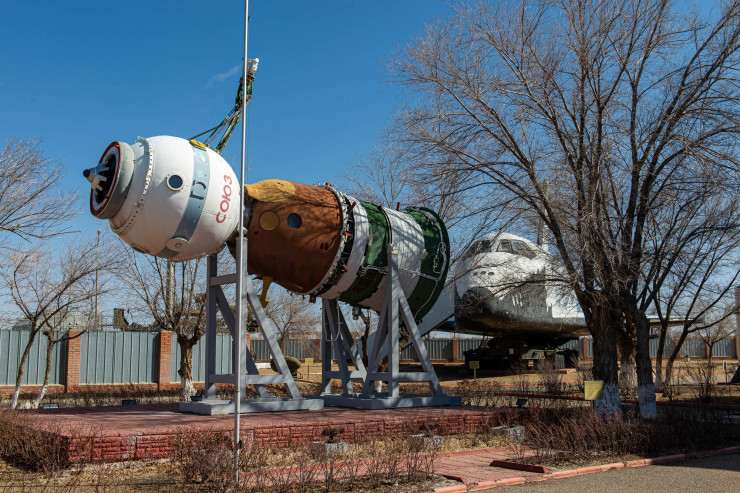
Since 1965, the cosmodrome museum has been located here. It holds one of the most complete collections of exhibits on the history of space exploration. The historical remote control, from which the command was given to fly the first artificial satellite of the Earth and the world’s first spacecraft with a person on board , is in a special place.
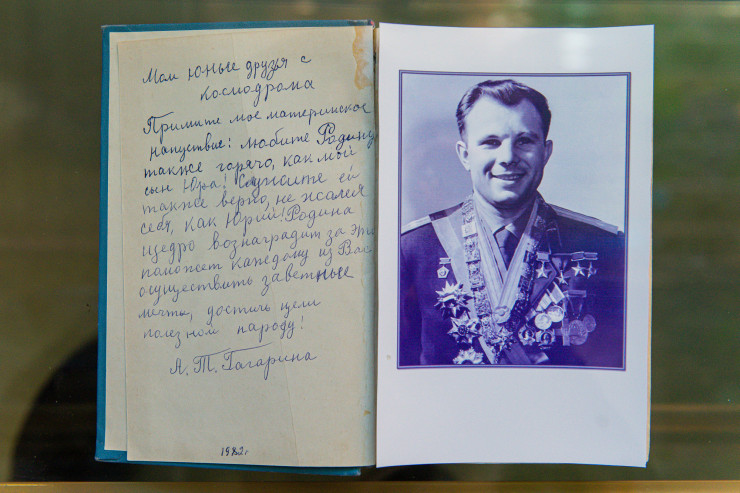
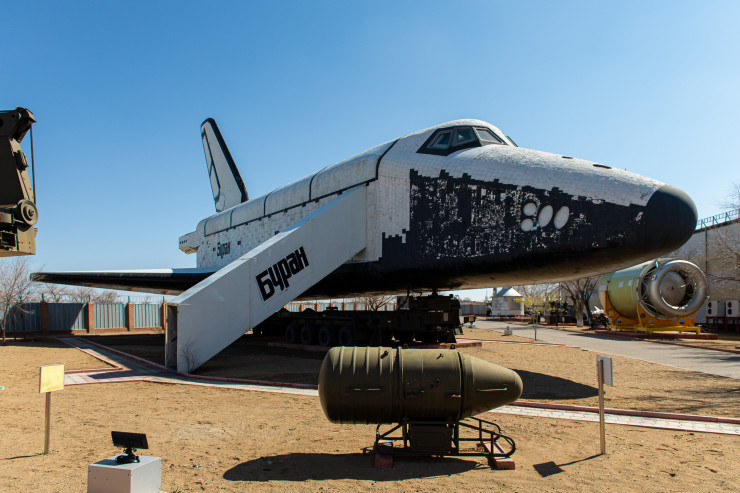
The full-size Buran is also here. The curators and visitors of the museum have a special attitude to the two modest houses. One of them was built at the cosmodrome for the general designer Sergei Pavlovich Korolev: he did not want to waste time on the road. All the cosmonauts of the first group, starting with Yuri Gagarin, spent the night in the second house before the launch.
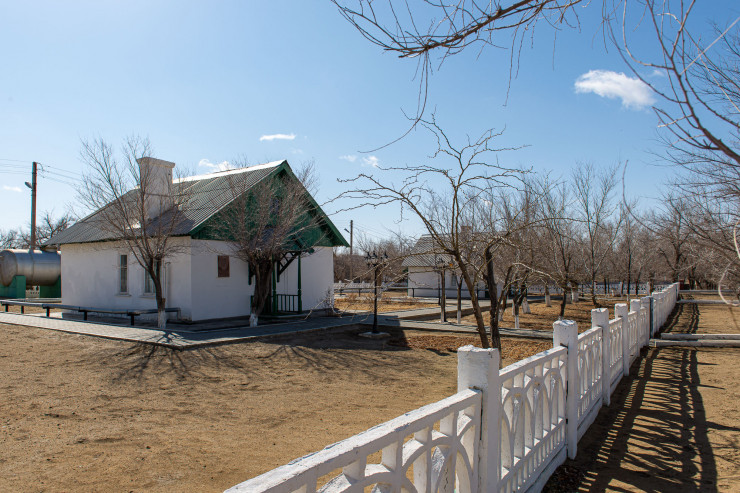
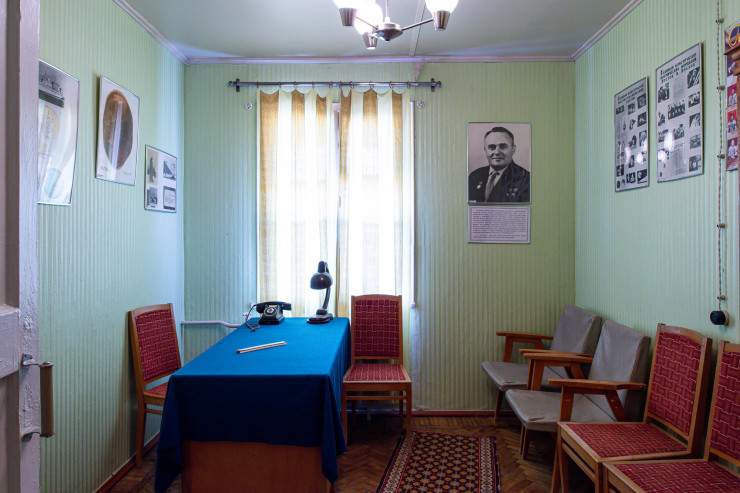
The news that the launch of the Soyuz-2.1 a launch vehicle with the Fregat upper stage was postponed for another day came in the evening. We never had a chance to add footage of a significant event to our piggy bank.
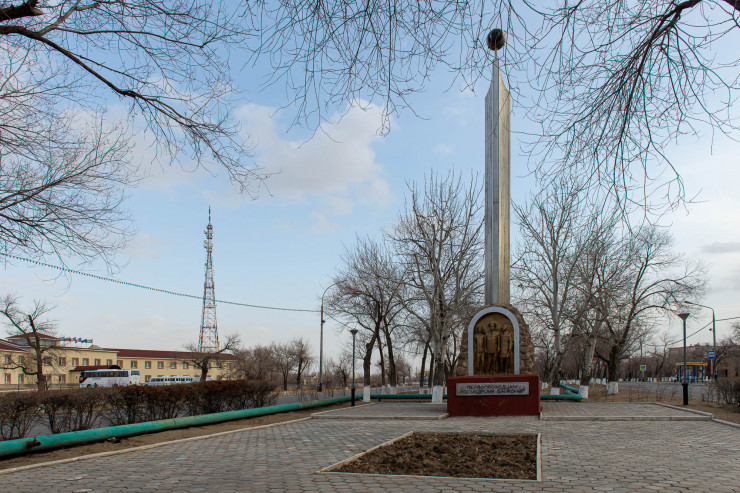
On March 22, we learned that the ship had successfully launched satellites and other vehicles from 18 countries into its orbits. Next, the messenger delivered from Baikonur a video of a rocket going to the stars and an invitation to visit the space city again. See you later, Baikonur!”
Author: Konstantin Maskaev
Информация взята с сайта Tengritravel.kz











































